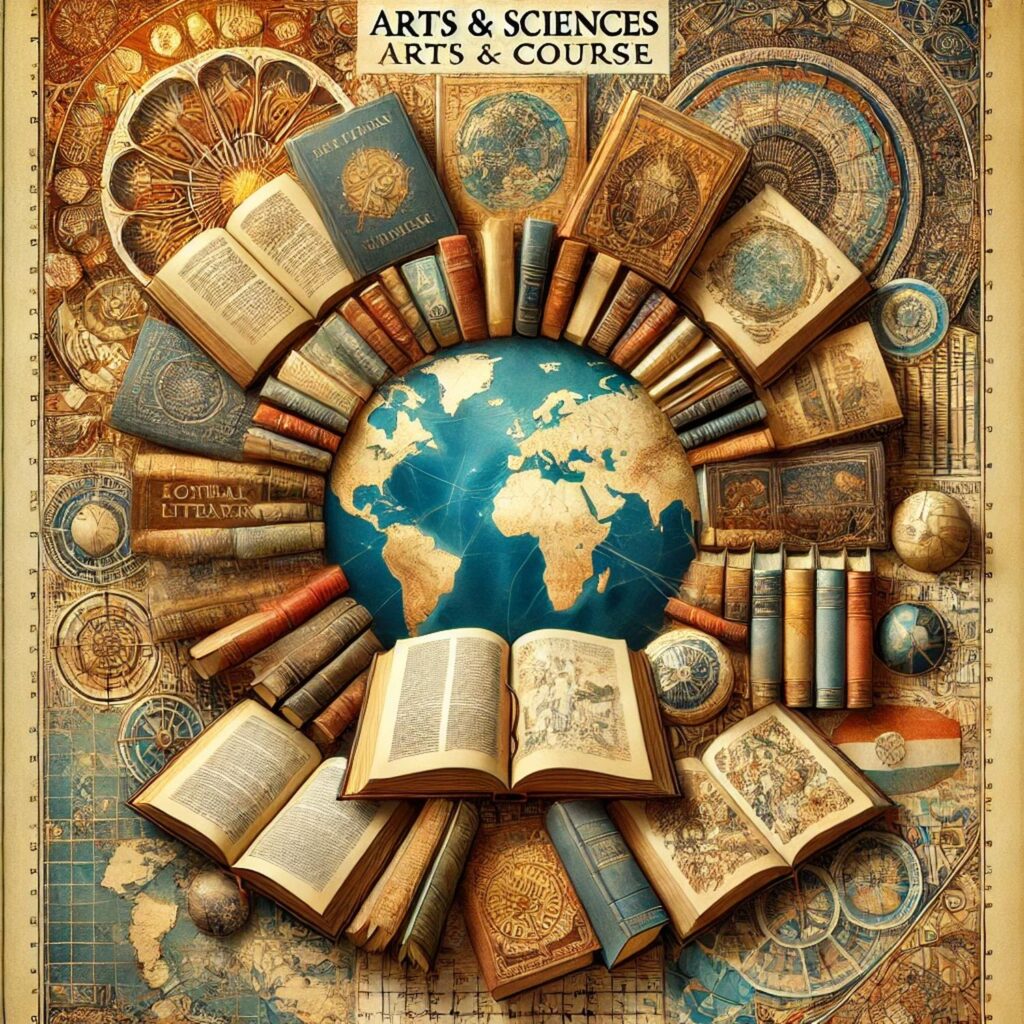Using novels and readings from all over the world, an Arts & Sciences course teaches students to look at the stories that exist on both sides of a geopolitical line.
Seth Graebner has long been fascinated by borders and the areas around them.
“In graduate school and since then, I have crossed a lot of borders,” says Graebner, associate professor of French and of global studies in Arts & Sciences. “I became really fascinated by the physical space and the cultures that arose there.
In the course “Borders, Checkpoints, and the Frontiers of Literature,” Graebner asks his students to investigate border culture through novels and readings from each side of several border regions: the Mexican–U.S. frontera, the Indian and Pakistani partition line, African colonial borders and Israeli–Palestinian divisions.
Class discussions often touch on international issues in the news, but literature helps students move beyond current events and reflect on borders as places not just of conflict but of stories.
“We are making students think a little bit about borders as places where stories come from,” Graebner says. “The human brain is hardwired for narration, and literature is where narration gets done most creatively, maybe most freely.”

Graebner chose the books on the course’s reading list because they talk about border crossing in some explicit way — and because they are compelling reads. And most of the borders discussed in class were either drawn, or redrawn, within a couple generations of memory.
